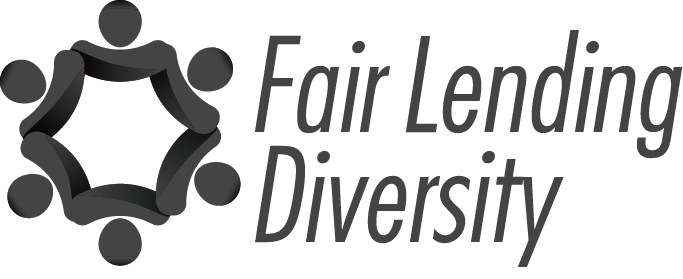If you read the article – Fair Lending Landscape 2021 – The Top 5 Potholes, this is Pothole #4 – Leakage & Cherry-Picking on the Front Line
Leakage and Cherry-Picking are not technical terms. They are terms that I use to describe practices leading to millions of dollars in lost revenue and ECOA concerns under Disparate Treatment. Implementing strategies to fix these two issues should be the priority of every mortgage lender.
What is Leakage? Businesses should always monitor for leakage of dollars that could easily be captured by putting processes into play. In the mortgage industry, we have tens of millions of dollars in leakage each year that could be captured and assist us with our fair lending practices!
Cherry-Picking is when an originator [or lender] siphons through leads and offers financing or assistance to those clients whose loans seem easy. You likely know how this works. Excellent credit score, strong job stability, W2 income, etc., get the greatest attention and are more likely to close. We see this practice more during peak times in our industry because lenders feel the need to pick and choose based on volume and capacity. We also see this practice play out more in the call center environments, but it also happens at the retail street level.
Why Are These Issues a Problem?
Lost Revenue
I will start with leakage because this is a lost revenue opportunity that many do not consider. Leakage at the front-line are numbers that every executive team should keep a firm eye on.
I will start by asking you these questions.
- What happens to the leads/referrals that you are unable to help finance a home today?
- Where do the leads go that fall out of the pipeline or never get a callback?
- How many of those clients does your branch, company, or LO receive back each month or year?
Not sure? Then to start, ask your branch managers or LO’s for a guess. Next, multiply that out by the average commission to see the depth of your leakage.
Over six years ago, I piloted these strategies with one branch. They estimated a loss of about 500 people per year that they could not help finance a home at the initial inquiry time. When we put a simple strategy in place to incubate those leads, the bottom line from the initiative was over $900,000 in additional income for ONE BRANCH. That’s serious money, folks! Now imagine the amount of money this lender recaptured when they rolled out the pilot to all their other branches. Through this strategy, the lender also formed partnerships that helped them dramatically improve their fair lending numbers. The numbers are astounding for every lender I have worked with to build recapture strategies around this leakage. Yet each day, many of you allow this income to slip through your fingers.
From a business standpoint, not managing leakage in this area of your business makes absolutely no sense. You spend a lot of money on leads and marketing, yet you lose most of them. How would it change your income potential if you were able to put in a couple of strategies to save those deals at a future point in time? Ponder on that!
Increased Regulatory Risk
The other issue with leakage is who is leaking away and why. Your current strategy may fail you with a regulator if it looks like you are discouraging clients on a prohibited basis without offering them alternatives. It may also cause Redlining issues. The strategy to fix all of this is relatively simple, yet few lenders consider this type of leakage. Those that do are reaping the financial benefits, reducing their risk, and growing rapidly.
Like leakage risk, cherry-picking is also a risk. You spend money on leads and marketing and put them with a minimally trained call center employee. These employees are evaluated based on the calls they make and the loans they close. This strategy may result in higher profit, but it also results in high discouragement on a prohibited basis. The differentiator between our industry and others is that we are in financial services and are subject to ECOA and Fair Housing Act regulation. So why not build strategies that maintain or increase your profitability while at the same time lowering your fair lending risk?
Here’s the bottom line. Stop allowing money to escape from your business! No quality businessperson allows money to leak away if there are strategies to mitigate the lost income and regulation risk. This is especially true when we enter times of a more constricted market. However, this should be true in all types of market conditions if we are to demonstrate to our regulators that we follow sound, fair lending practices.
Fair Lending Diversity specializes in uncovering and fixing the highest risk issues to the lender. Our clients range from small banks to top mortgage lenders. Our mission for all our clients is simple – “Maintain Profitability & Reduce Risk.” If you would like to discuss our services, please contact me at tammybutler@fairlendingdiversity.com








